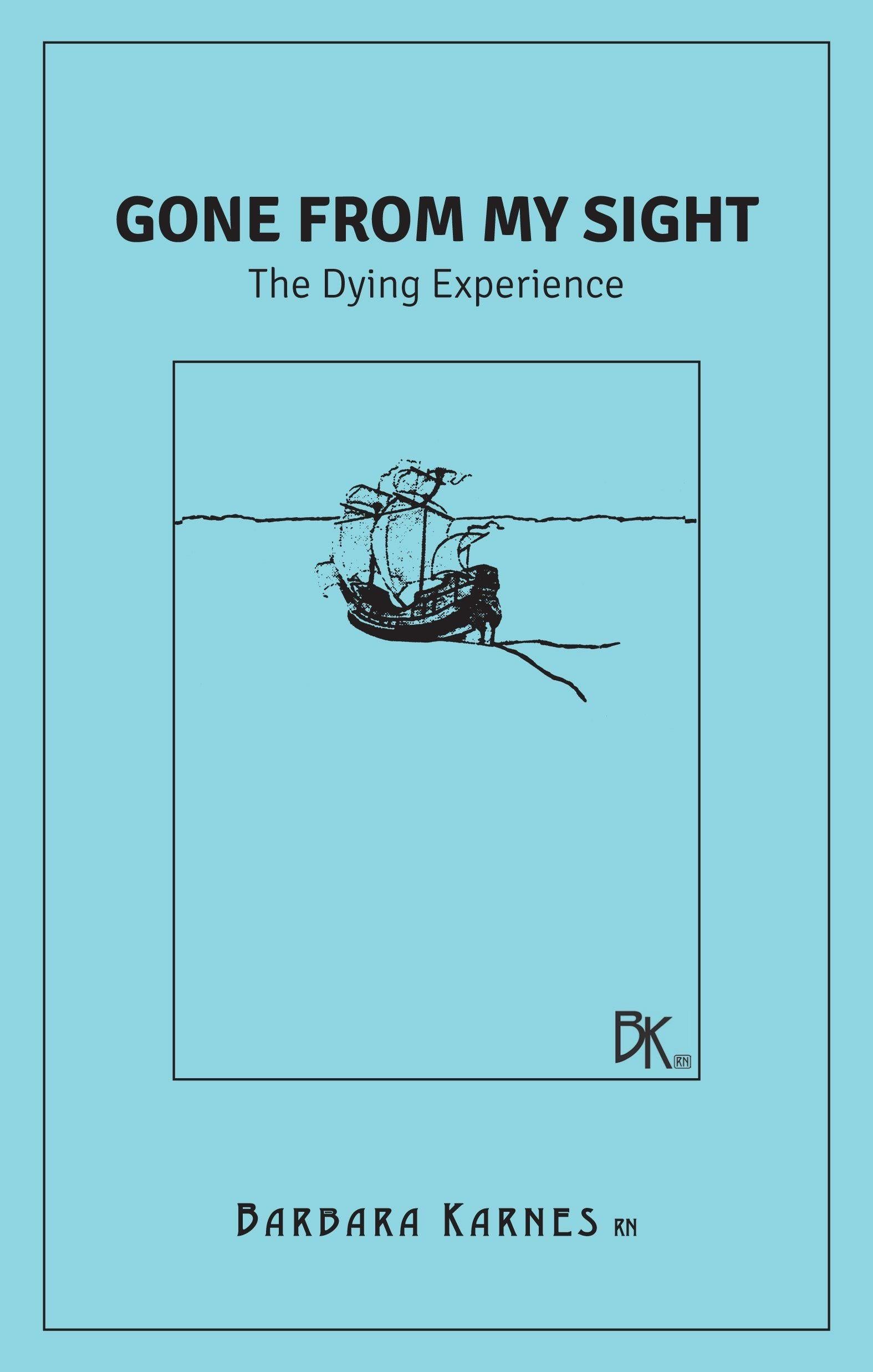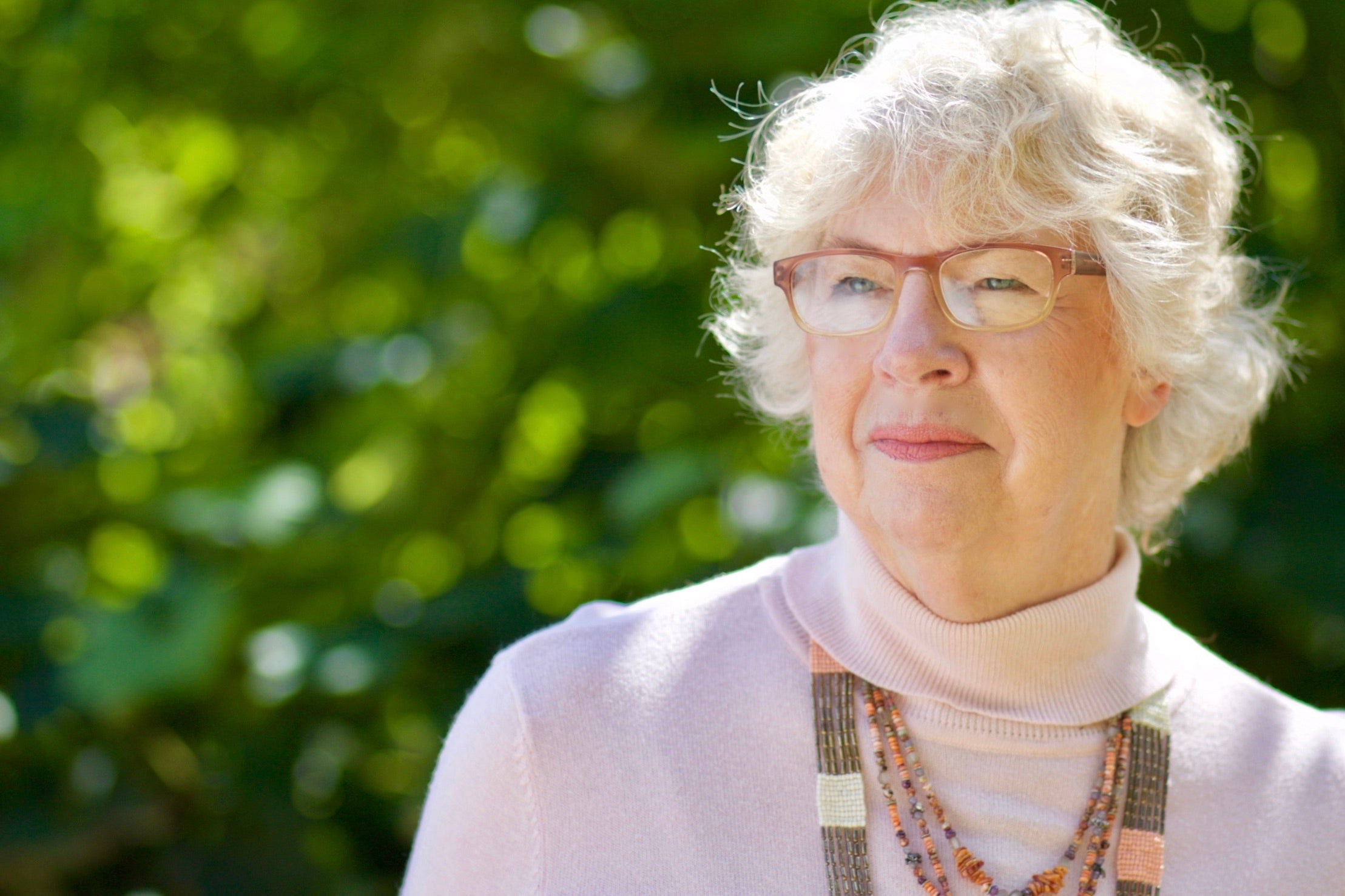Someone asked me to write about “The Emperor’s New Clothes.” At first I thought it was a prank, and maybe it was, but the question made me wonder how the moral can be applied to end of life care. I came up with a couple of ideas.
At its simplest, Hans Christian Anderson’s parable, “The Emperor’s New Clothes,” tells of an emperor who parades through the streets naked because everyone in the kingdom but one child is too afraid to acknowledge they do not see the Emperor’s new clothes.
My first thought is that collective denial can also be an issue with end of life care. Our medical model tells people we can “probably” fix them when, really, a lot of cancers are advanced and not fixable. We provide many forms of chemotherapy, radiation and multiple procedures aimed at treatment but no one stops to ask what kind of quality of life this treatment will give to the patient. What are the percentages that the treatment will be effective? How much time can we buy with this treatment and at what cost (quality and financial)?
Most of us take the treatment, questions unasked, the probabilities not told and then we watch our physical condition deteriorate and wonder why. We remain blind to the naked truth that death is approaching.
My second thought is more of a question: How can we use the power of truth-telling to challenge authority in end of life care? In the last forty years Hospice has changed. Hospice started outside of the medical model to address a need that hospitals and medical professionals did not meet. Hospice accepted the fact that death is not a failure of a physician or the medical system but instead a natural occurrence which everyone must eventually face. Hospice recognized that when reasonable treatment has been done and is not effective, truth, comfort and support are the healing options needed.
During its infancy in the 1970s, hospice concentrated care on the individual and family during approaching death and the actual moment of death. The goal was to be with the family when the patient was actively dying. Today, with all the rules, guidelines, protocols, and governmental micromanagement, the ability of hospice care to meet those early goals is seemingly hindered. We talk of providing comfort care, of support for patient and family, and we do to some degree, but is the naked truth that by being absorbed into the medical model hospice has become too medicalized, using too many medications and doing too many procedures? Are we putting too much emphasis on the physical and too little time on the emotional, mental and spiritual aspects of dying? In our collective denial about the normalcy of death are we clothing hospice with a medical orientation when the naked truth is that dying is not a medical event but a social, communal event?
Looking for the "naked truth", what do you think “The Emperor’s New Clothes” means for hospice care today?




